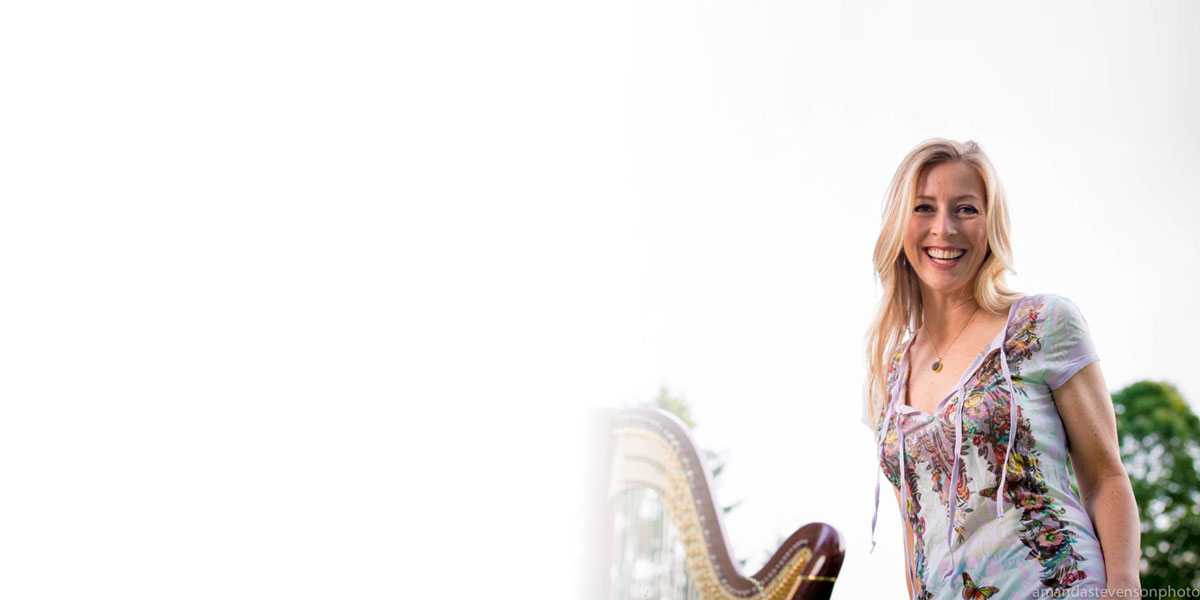The Philadelphia Inquirer
The Philadelphia Inquirer
By Peter Dobrin
March 20, 2004
original link
A most auspicious return –buoyant Sawallisch again brings out the orchestra’s best.
Greeted by a flurry of violin bows bouncing atop music stands and a sea of contented smiles, Wolfgang Sawallisch yesterday afternoon returned to his musicians of the Philadelphia Orchestra.
All’s well with the world when Sawallisch is at the helm, and he himself looked exceptionally well. He even punctuated the “Overture” to Oberon with an impressive leap in the air. If it wasn’t exactly a rollicking interpretation of Weber’s opener, Sawallisch did something much more important: He made the orchestra sound like itself.
This is classic Sawallisch repertoire, and his little flicks of the wrist and facial gestures exude a confidence to which the orchestra immediately responds. Through that ineffable thing called chemistry (not to mention whatever he says in rehearsal), Sawallisch drew a warm, balanced sound expressed in a package of ensemble near-perfection.
The mellow solo from principal clarinetist Ricardo Morales didn’t hurt. In fact, Morales’ solo illustrated another bit of orchestra alchemy, which is that when one person or a section plays a gesture that clearly soars, that act creates an air of confidence that is inevitably met by the next section or solo entrance. Success snowballs.
There’s a bit of Weber in the Harp Concerto in G minor (Op. 81) by Parish Alvars, which was performed by the orchestra’s fine principal harpist, Elizabeth Hainen. The music is easy on the ears, but hard on the harpist. Hainen easily conquered the virtuosic part (Berlioz called Alvars the Liszt of the harp). But what is most satisfying about Hainen is that she is inherently musical – shaping phrases with interesting contours, while careful to maintain momentum. She made the most of the slightly bel canto feel of the second movement, meeting it with an appropriate singing quality.
Hainen’s sound flourished in Verizon Hall, her full range of tones traveling well. Sawallisch and Brahms is a combination that formed some of the greatest moments of the Sawallisch decade; add the Serenade No. 1 in D major (Op. 11) to the list (the one with violins). Cheap sentiment didn’t come within a mile of this interpretation. No, it wasn’t razor-perfect in every nook and cranny. But the fascinating thing about any little ensemble problem is that Sawallisch visibly attends to it, and it does not happen again.
The woodwinds made a particularly strong showing – clarinetists Morales and Raoul Querze, and principal bassoonist Daniel Matsukawa – and the double-basses, though cut to only six players, had a pleasing and sturdy presence everywhere.
There was nothing radical about this performance, and yet it seemed to be made of contrasting forces. It had both a generally easy feeling and moments of tense drama; it had momentum and finely detailed phrasing; it was powerful, yet refined.
Sawallisch is a man who knows that without restraint there cannot be jubilation – a phenomenon perhaps best illustrated in real life by what we often feel, musically, in between the maestro’s visits.
© Philly Online, LLC
